Written by Lorrie Reynolds
Categories
In my Distance and Communication seminars, I talk about the five skills teams need in order to be successful when playing the distance games in agility like Gamblers, FAST, and Chances. I believe everything a team requires falls under one of the following five categories: Independent Obstacle Performance, Directionals, Discrimination, Distance, and Knowledge of a Dog’s Speed and Path. During our one-day workshop, after we have discussed the hierarchy of cues, these skills become the main focus. We talk about what they are (and are not), how to teach them, troubleshooting, when, where, and why they are important, and we set up several exercises to practice each one.
Independent Obstacle Performance
The first topic is always Independent Obstacle Performance. I define it as the dog’s ability to perform an obstacle and maintain their criteria regardless of the position of the handler. The two areas we talk about most are contacts and weaves. Can your dog correctly execute their contact performance if you are behind them? In front of them? Moving away? Running parallel 10’ or 20’ away? We test to see if the dog will stay in their 2-on/2-off position or run all the way to the bottom of the yellow when the handler is doing something different than normal. Since I normally have quite a few beginner dogs, we don’t usually test independent weaves, but I tell the attendees that they should be able to front cross, rear cross, move away, move ahead, or otherwise challenge the dog by not running precisely parallel to the weave poles, and the dog should finish them. Without independent obstacle performance the handler can’t move away from the dog (or have the dog move away from them) and work at a distance.
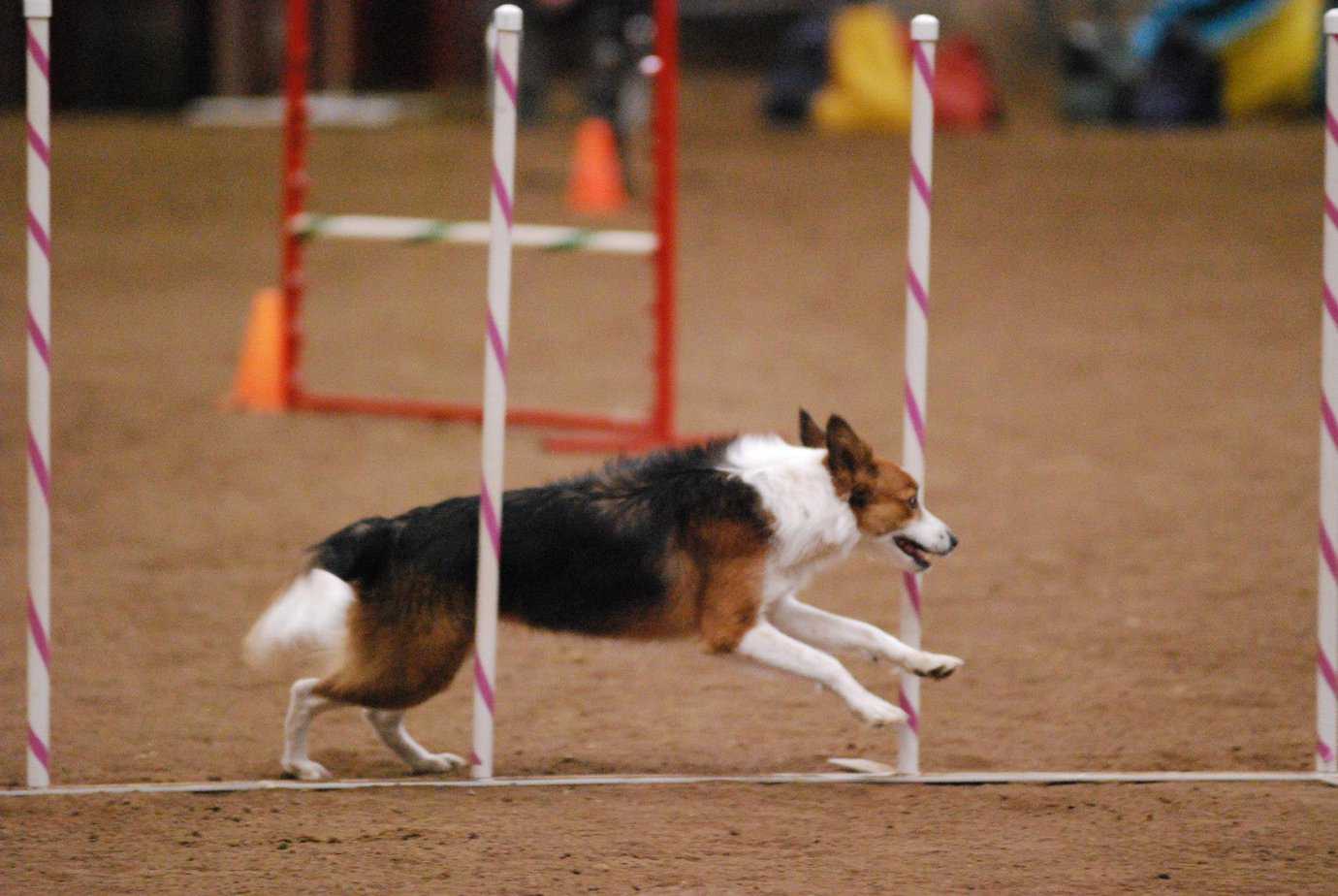
The handler’s job is to get the dog to the correct obstacle. The dog’s job is to complete the obstacle regardless of what the handler is doing once they have been trained to do so. This topic is so important (Independent Obstacle Performance) that I created an entire online course focusing on Distance FUNdamentals and Independent Performance. (Agility FUNdamentals for Distance: Foundations and Independent Obstacle Performance if you want to check it out.)
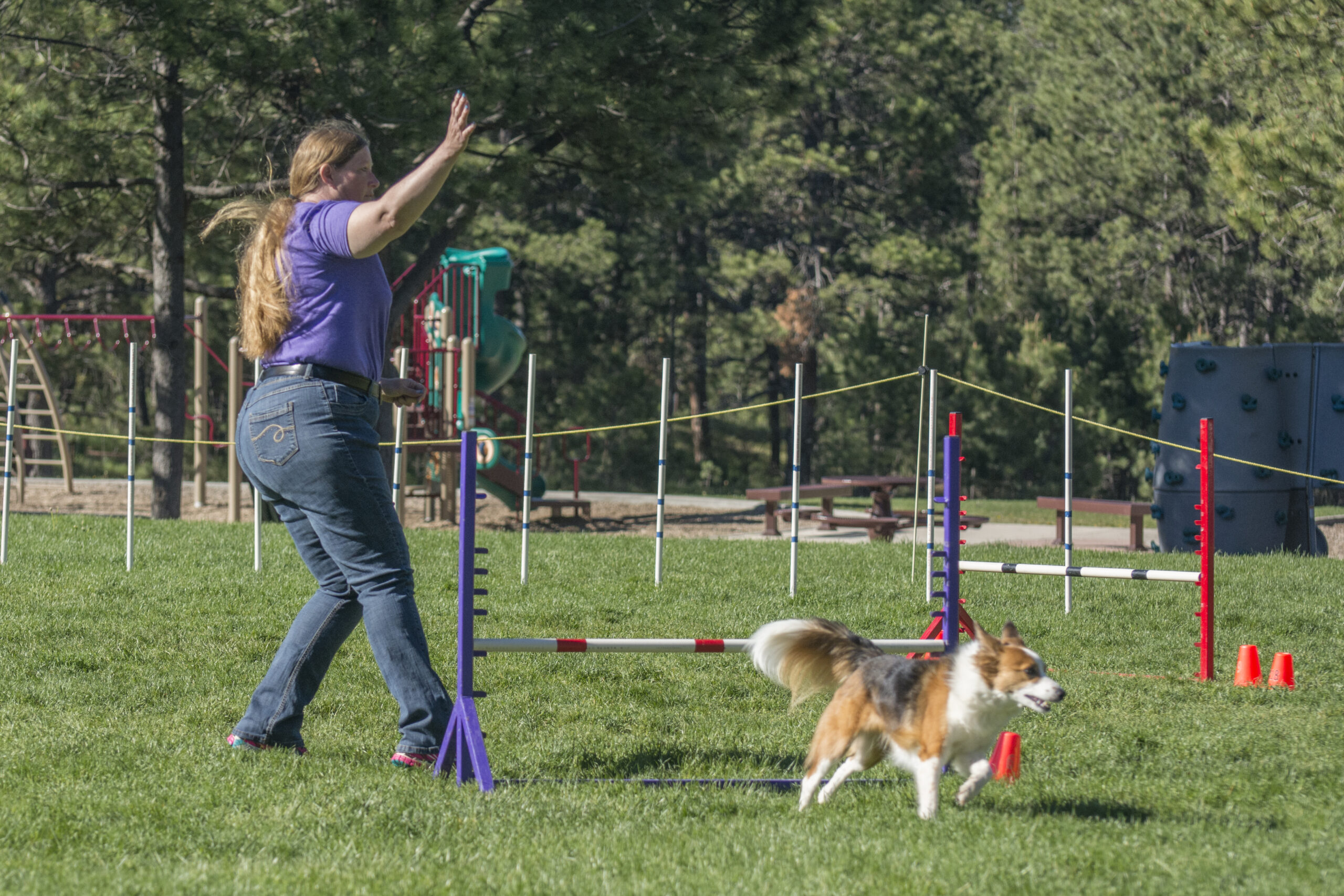
Turns Away (Directionals)
Directionals are another important skill to have when running distance courses. I don’t mean that every dog has to “know” right and left. Not everyone can consistently use right and left correctly, and when the wrong cue is used, it dilutes the power of the verbal cue. Instead of a true right and left, dogs are required to have an understanding of when to move in each direction, or when to change leads, whether that is cued verbally, with body motion, or both. Many people who think they have taught their dog the meaning of right and left don’t realize that verbal directionals are almost always backed up by body motion and position. Another tool people use is a verbal such as “switch” as a cue to the dog to change leads. They have basically taught them directional commands by ensuring that they understand to turn the other direction when the word is coupled with their motion.
Discrimination Between Two Obstacles
The ability to discriminate between obstacles is crucial to being able to work away from your dog. Again, dogs do not have to know the name of every obstacle and unfailingly choose the right one. Handlers often call out the wrong obstacle on course. What they do need is a way to determine which obstacle they are supposed to perform through a system of cues. A handler’s body cues are the primary indicator of which obstacle to perform. Generally, moving toward the dog pushes them away, and bringing your motion forward pulls them in. In addition, “out” and “here” or something similar are frequently used as part of the cueing system for discrimination cues. “Out” means to move away and choose the obstacle furthest from the handler. “Here” means move toward the handler and take the closer obstacle.
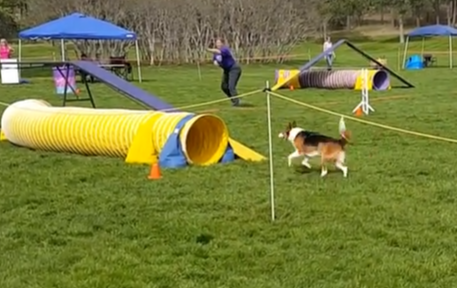
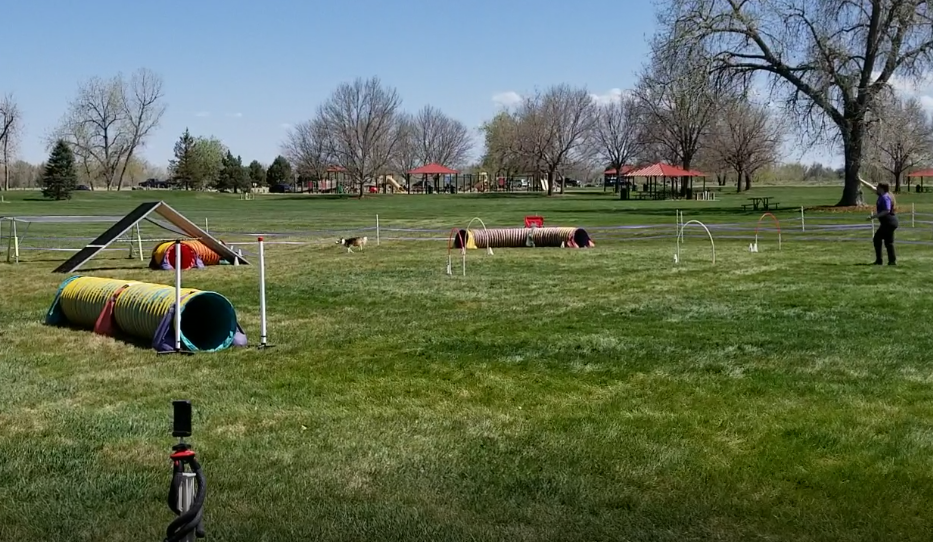
Distance
Dogs have to work at a distance to play the distance games. Sounds simple, right? What isn’t simple is the numerous, conflicting ways to teach distance. That’s why even though it is an obvious skill, I include it in my list and talk about it in depth at the workshops. Dogs need to know how to perform at both lateral and forward distance, and most importantly, have the confidence to do so.
To be completely transparent, I consider distance a “by-product” of teaching other skills rather than an actual, teachable skill. You can learn why in this article: Is Distance for Agility a Teachable Skill?
Understanding Your Dog’s Speed and Path
The final thing on my list is knowledge of the dog’s speed and path. Speed is sometimes difficult because it changes over time. Dogs stress up or down at trials, making them faster or slower. As they move from novice to the higher levels, they gain confidence, which usually increases their speed. The handlers learn how to communicate better, providing an additional speed boost. The important thing is to have a general idea of how fast the dog is at the current time. There are several methods that can be used to determine this, including timing specific sequences, dividing past course times by how many obstacles were performed, or timing specific obstacles and adding time for the yardage in between. Regardless of the method used, the handler should be able to figure out what path to follow to earn enough points to qualify.
Handlers also need to be able to determine the most efficient path for their dogs on the course, and understand how to cue the dog to keep them on that path. Knowing which way the dog should turn when wrapping an obstacle, which portion of the bar to jump to set the dog up for the next obstacle, and where to apply and release pressure to shape the dog’s line are all critical skills for working at a distance.
A team should be able to master any challenge encountered during a distance game if they have mastered the five skills discussed above. Whether it is turning away to a jump, discriminating between two obstacles, or completing a contact while moving away from the handler, if a team possesses all five distance skills, they will be able to qualify regardless of what the closing sequence or distance portion contains. Have fun with your skill-building!
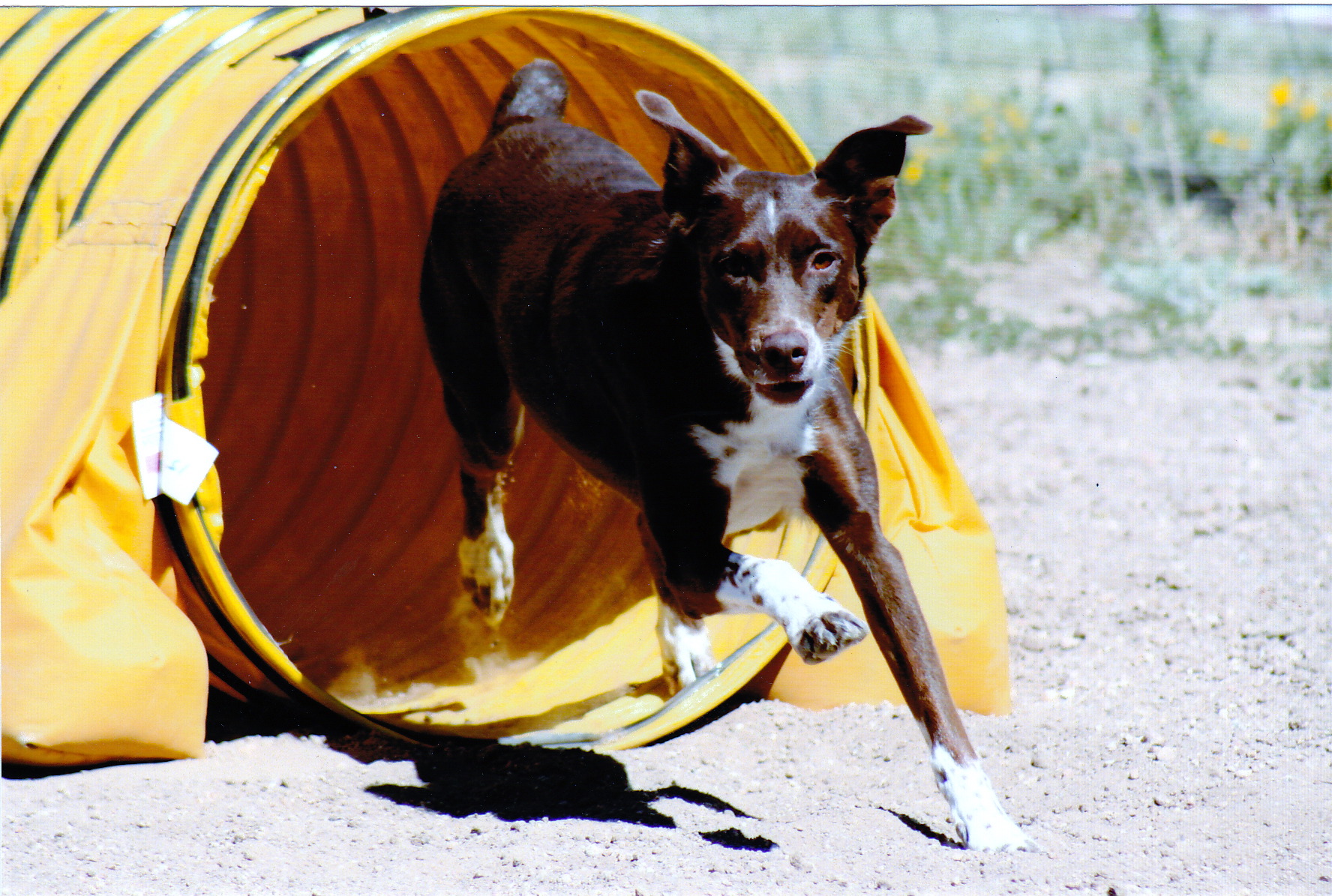
You Might Also Like…
Five Ways to Crush It at Your Next Dog Agility Seminar
Going to a dog agility training seminar? Check out these five tips to maximize your return on investment!
Read This Before Deciding on Your Agility Dog’s Contact Performance
Which contact performance, running or stopped, is right for your team? The answer might surprise you.
Is Your Agility Dog a Pinto or a Ferrari?
If you’ve moved up from a slow or moderately-fast agility dog to a speed racer, here’s some advice to make your life easier.
Get tips, stories, discounts, and early notification of events and new courses delivered straight to your inbox! Join the community!
First photo: Courtesy of Doug Burns
Second photo: Courtesy of Ken Gee Photography
Fifth photo: Courtesy of Stover Photography
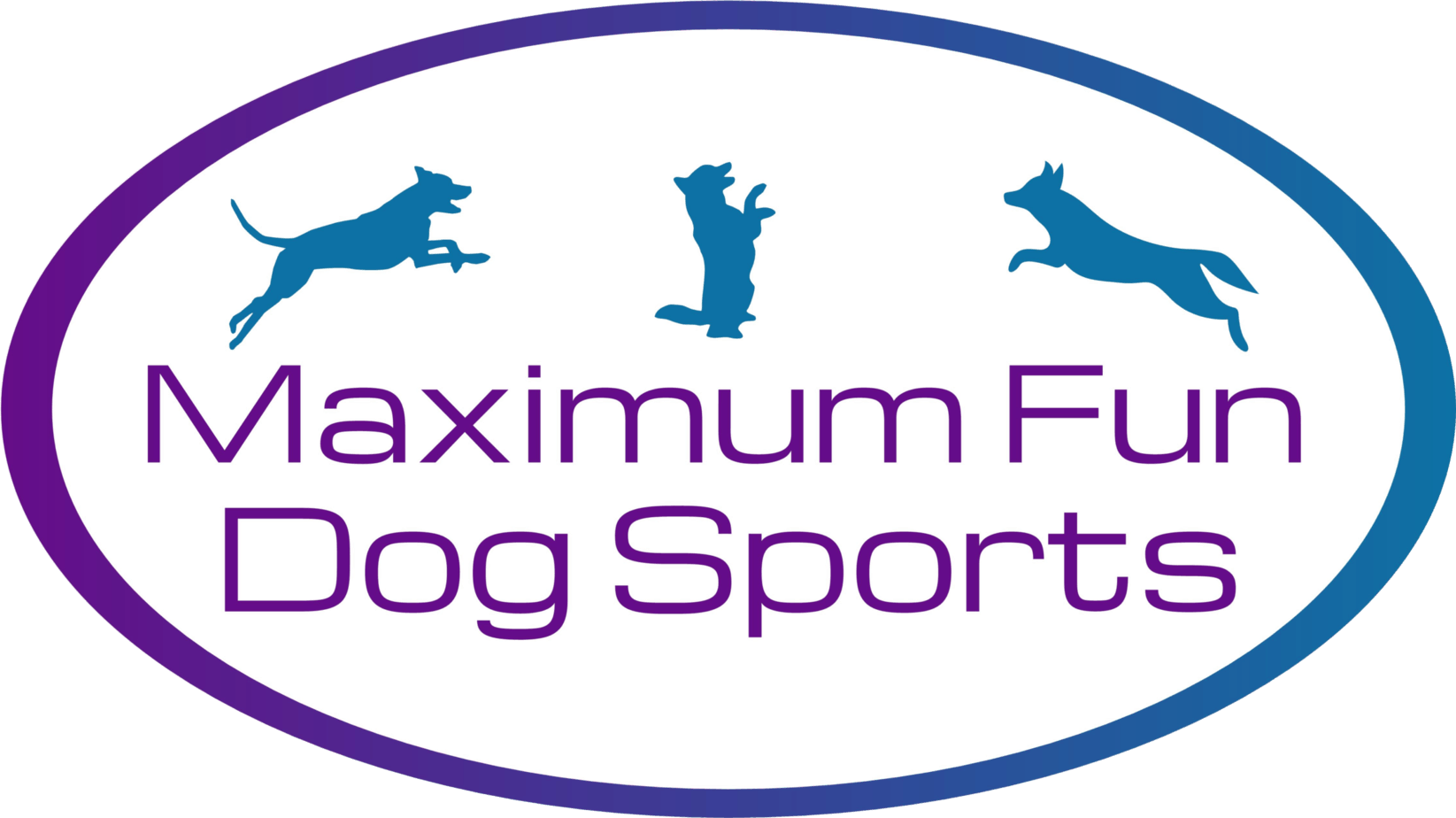
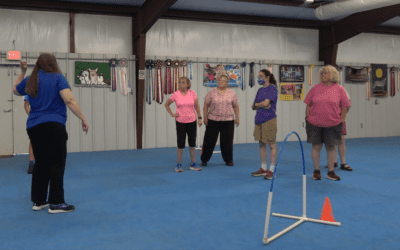
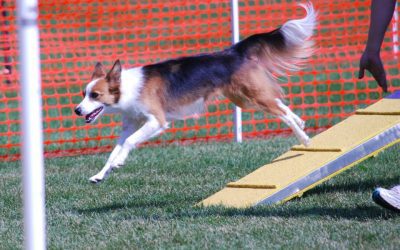
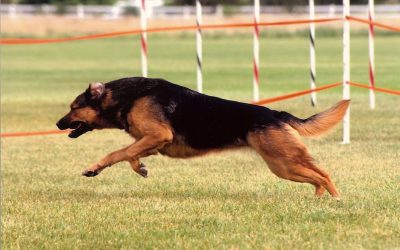
0 Comments